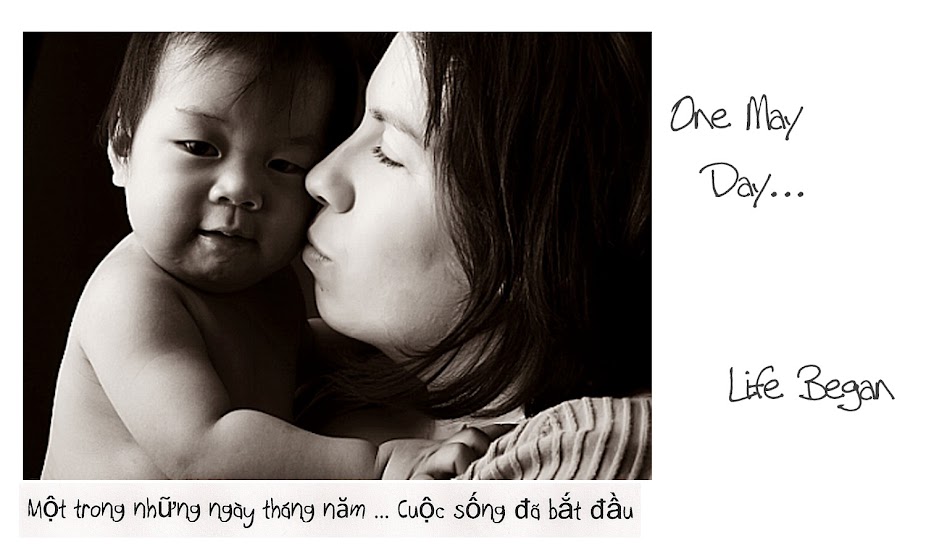Not to gross you out, but this is why you need to get your Hepatitis A series started before you go to Vietnam or China or many other developing countries.
Washing dirty hands

Rural children have limited access to clean water, which spawns a host of public health issues
A national survey conducted by the Ministry of Health (MoH) highlights the endemic problem of sanitation and hygiene in Vietnam’s rural territories.
The practice of hand-washing with soap in Vietnam’s rural areas is not common, a conference heard last week.
According to the National Baseline Survey on the Environmental Sanitation and Hygiene Situation in Vietnam conducted by the Ministry of Health (MoH) and other partners, 12 percent of rural people wash their hands with soap before meals and only 16 percent do so after excreting.
International medical experts say hand-washing is a highly-effective routine that helps people to avoid diseases when lacking clean water and hygienic latrines.
Washing hands can also reduce by 47 percent children suffering from diarrhea and aspiratory diseases, which are the main causes of death for Vietnamese infants under five years old.
Only 4.6 percent of rural students wash their hands with soap after urinating and 11.5 percent after defecation.
Although 35.5 percent of surveyed schools have hand-washing areas with sufficient water, only 4.6 percent of the facilities have soap.
In addition to people’s poor awareness of appropriate hygiene, Vietnam’s rural areas also cope with problems related to the dearth of hygienic latrines and clean water, the survey emphasized.
Dearth of latrines
More than 80 percent of rural households, lack hygienic latrines, as defined by MoH.
The situation is even worse in ethnic minority areas since less than four percent of the people have access to hygienic latrines and 66 percent do not have toilets.
The mishandling of human feces potentially pollutes water sources, soil, food and the surrounding environment.
According to rural residents, a main reason why they have yet to equip standard latrines is that they cannot afford the US$20 cost.
More than 90 percent of households without hygienic latrines reported monthly incomes averaging VND200,000 ($12.50).
About 74 percent of surveyed individuals who lack latrines say they are willing to buy the facility if given interest-free loans.
However, the majority of people in mountainous areas deem hygienic latrines unnecessary.
Inaccessible clean water
The MoH’s latest research on water quality additionally reports that only 15.6 percent of the rural population has access to clean water.
In rural areas the main sources for drinking and cooking water come from rain water, piped or gravity flow systems, tube wells, dug wells and open rivers.
According to the survey, it is not very common that people treat water prior to use, even though it is imperative to do so.
About 20 percent of the rural schools have no water supply and more than half do not provide drinking water to students during school hours.
The United Nation Children’s Fund (UNICEF) has recommended that Vietnam bolster education and awareness campaigns to promote appropriate latrine use, hand-washing with soap and protecting water sources.
In addition to investing in educational resources, the country should also create standard policies for water, sanitation and hygiene facilities.
The country, in fact, aims to ensure 70 percent of rural households practice appropriate personal hygiene and 100 percent of rural families have access to hygienic latrines by 2010.
The millennium goal that was adopted at the UN summit in 2000 seeks to halve the proportion of people without access to safe drinking water and basic sanitation by 2015.
The national survey was conducted in various regions among different population groups.
Its findings will be referenced to inform the National Target Program on Rural Water Supply and Environmental Sanitation for the period of 2006 - 2010.
Reported by Thanh Nguyen
The above probably has something to do with this-->
Acute diarrhea epidemic ravages northern Vietnam

Acute diarrhea outbreaks have occurred in 10 northern localities, with Hanoi being the hardest-hit area, a local health agency reported.
Preventive Health Department Head Nguyen Huy Nga said on Wednesday that 85 patients had tested positive for cholera, with 44 cases reported in Hanoi alone.
Tran Thi Phuong Thuy, a doctor from the Hanoi-based National Institute for Tropical and Infectious Diseases, said 103 patients with acute diarrhea are currently being treated on site.
Three other Hanoi general hospitals – Xanh Pon, Bach Mai and Dong Da – also admitted a total of 110 cases of acute diarrhea.
Recent tests conducted by the institute revealed the presence of the bacterium Vibrio cholerae, which causes the cholera disease, in water from canals and lakes in Hanoi and other northern provinces.
Warmer temperatures associated with the changing of the season heighten the bacterium resistance and increase the potential for the disease to proliferate.
Nga said water sterilization measures have been implemented at infected canals and lakes.
Last December, the Ministry of Health announced a 40-day acute diarrhea epidemic in 13 northern localities had been controlled.
That outbreak totaled 1,991 reported cases, of which 295 tested positive for cholera.










